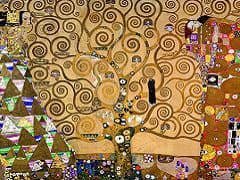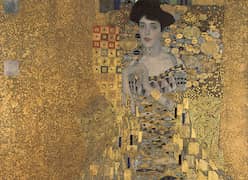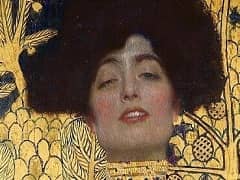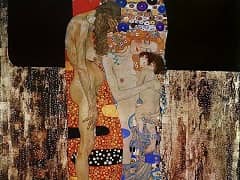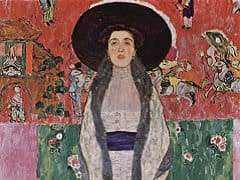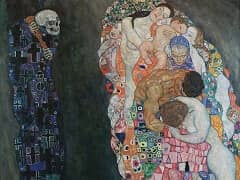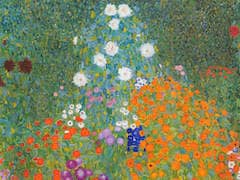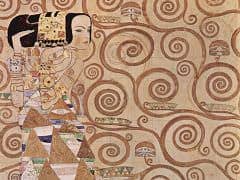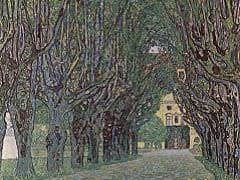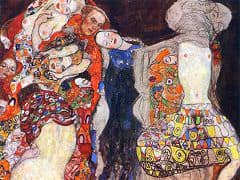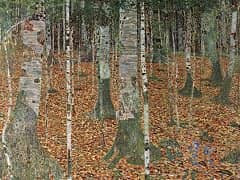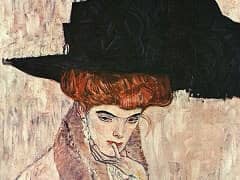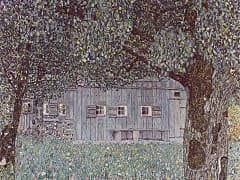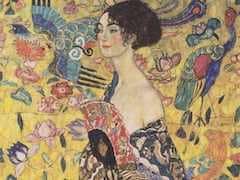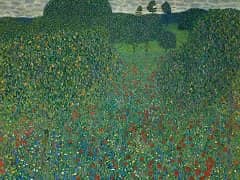Villa on Attersee, 1914 by Gustav Klimt
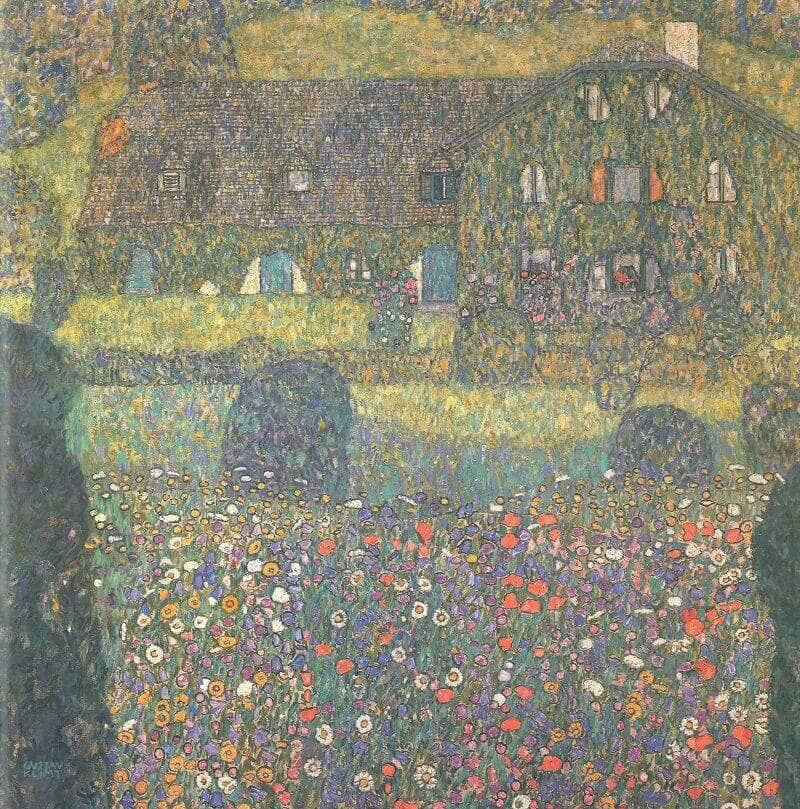
Klimt returned to Attersee and resumed his traditional - landscape style. A greater brightness of color seeped in, while the foreground flowers are better animated, as in the Crucifix (1911-12),
with the increasing use of black rimming to denote elements of individuality and form. The villa is possibly where Klimt and Emile Floge stayed. Contrary to the artist's usual scenes of loneliness,
there are odd displays of life around the house, such as open shutters and windows, the intimation of curtains, and even a bunch of red flowers on a windowsill, but there are no people. This is as
close as the viewer is allowed to penetrate the Klimt sanctuary. A carpet of flowers amasses in front like a profuse barrier, to cross them would be a violation, as their perfection would be
trampled under foot.
Sadly the calm of Austria and the world was irrevocably rocked this summer, making this a portentous moment of stillness. In June 1914, the heir to the Austrian throne was assassinated at
Sarajevo; by July, Austria had declared war on Serbia. It spelled the collapse of the Austro-Hungarian Empire and the end of Vienna, as Klimt knew it.


